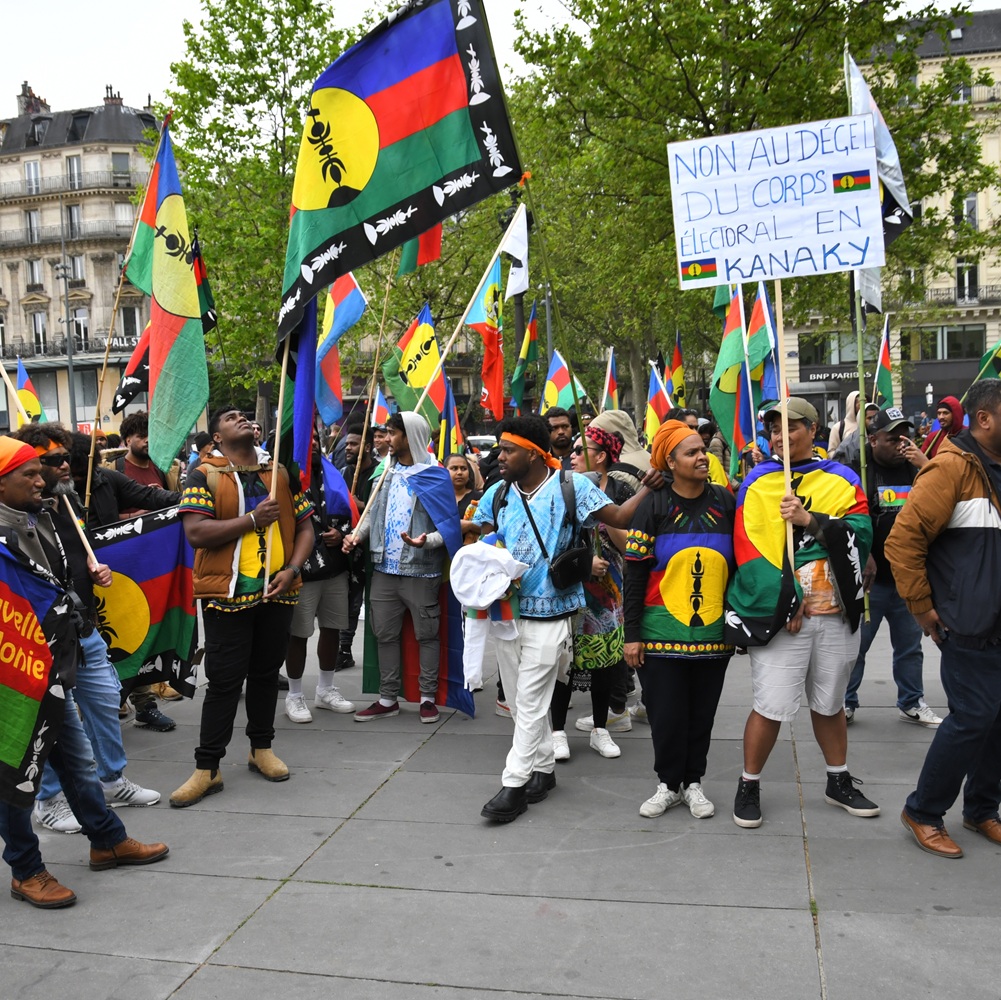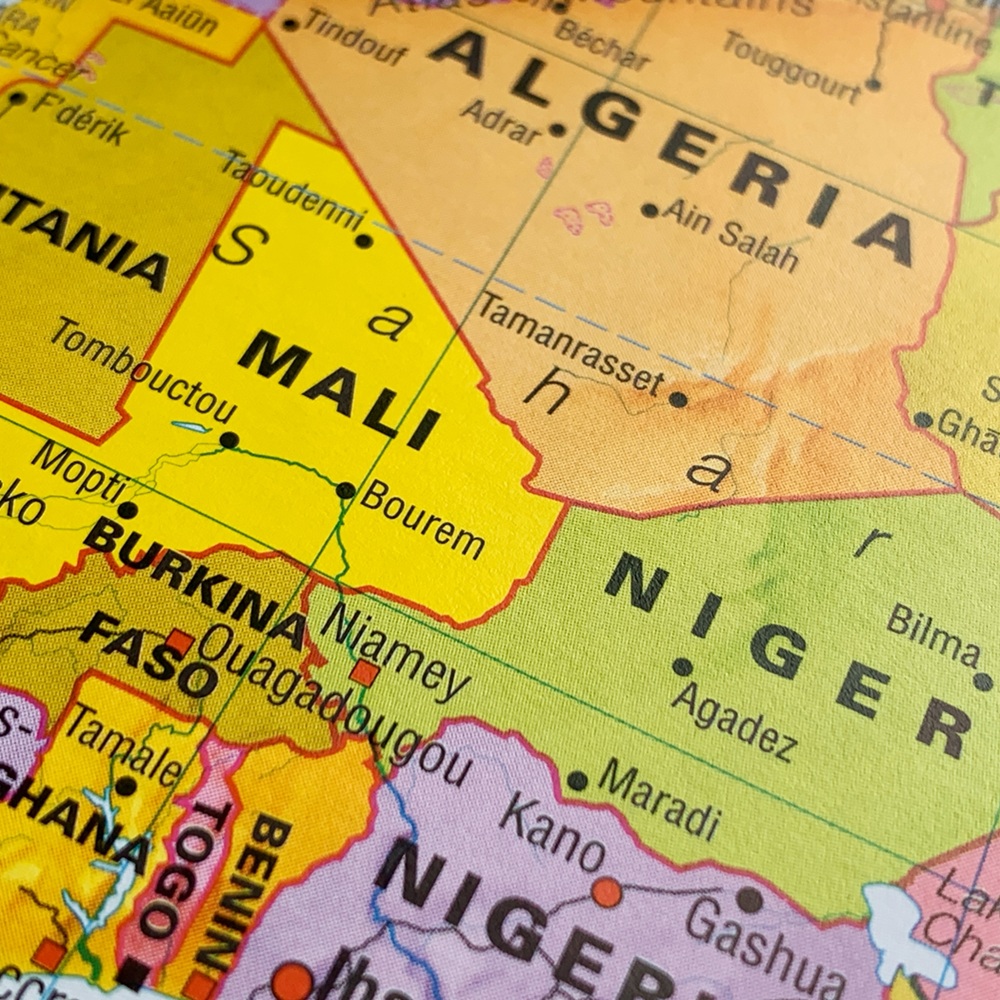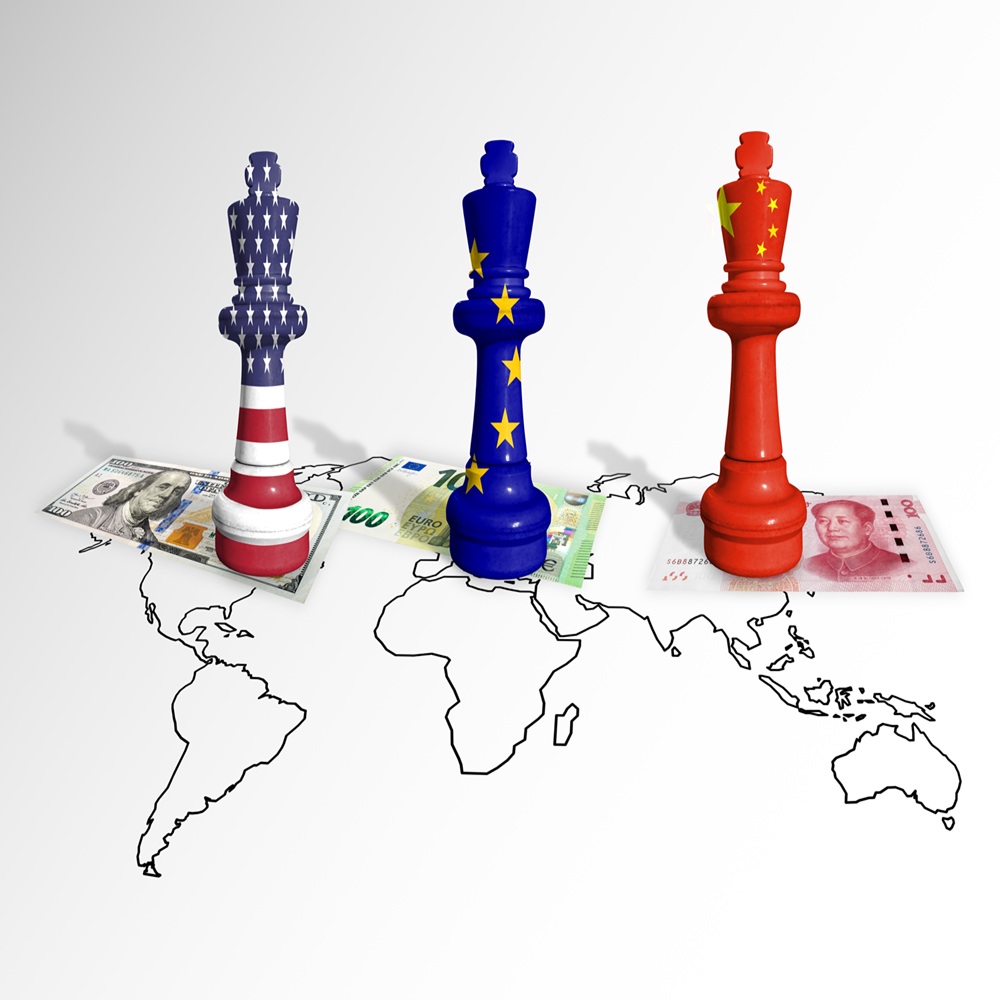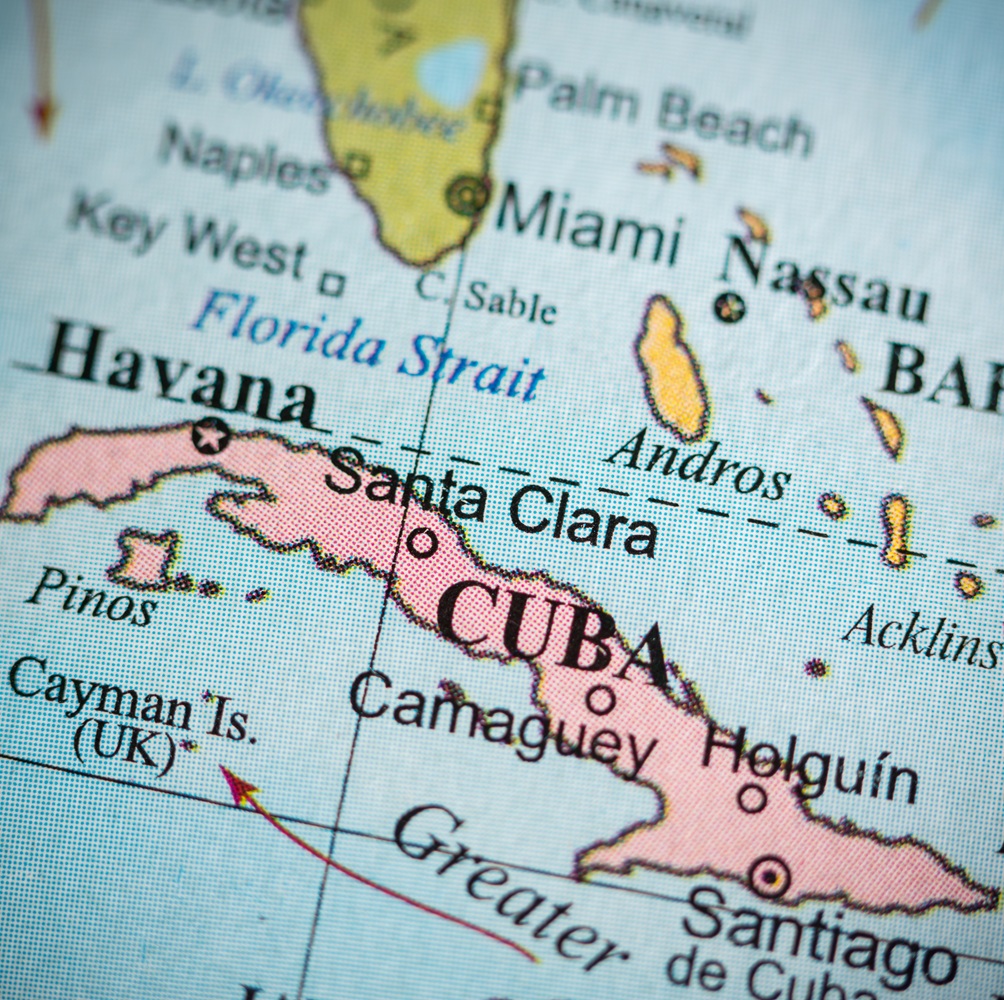
Cuban foreign policy toward the Caribbean in a changing international system: challenges and opportunities
by Carlos Miguel Portela Ochoa , Sol Yaci Rodríguez Moreno
Abstract The so-called Anglophone Caribbean has historically been an area of strategic importance for Cuban foreign policy. With more than half a century of history, Cuba-CARICOM ties constitute a successful example due to their comprehensiveness, strength, dynamism, and concrete results in terms of political coordination and cooperation. However, in a complex and changing international context, various elements constitute threats to the effective execution of Cuban foreign policy toward the subregion, mostly linked to structural difficulties facing Caribbean states and their integration into the international economy, as well as the effects of the blockade and the policy of economic suffocation implemented by the United States against Cuba, which has intensified with Trump's arrival as president. Likewise, there are opportunities that can be seized to preserve the privileged historical relationship that Cuba maintains with this subregional bloc. Introduction The Caribbean has historically been a region of strategic importance for Cuba's foreign policy, primarily because it constitutes its natural environment and setting, to which it belongs not only for geographical reasons but also due to historical and cultural ties. Cuba's connections with the so-called non-Hispanic Caribbean even predate the consolidation of the Cuban nation, considering the constant influence of intra-Caribbean migratory flows during the colonial era. This intensified with the massive arrival of laborers — mainly Haitians and Jamaicans — to the largest of the Antilles during the early decades of the 20th century, a migration flow that continued until the 1950s. Cuba shares with Caribbean nations a historical legacy linked to the tragic scourge of slavery, associated with the plantation economy. This involved, on one hand, the forced migration of a large African population, and on the other, a series of similar characteristics in terms of socio-economic structures — although the differences among the various European colonial powers present in the region should not be overlooked. After the triumph of the Cuban Revolution in 1959, Cuba's ties with the non-Hispanic Caribbean went through various phases, particularly since 1972, when four newly independent Caribbean nations (Barbados, Jamaica, Guyana, and Trinidad and Tobago) collectively decided to reestablish diplomatic relations with Cuba. This decision ignored the OAS agreements of July 1964, which had mandated the political, diplomatic, and economic severance of relations between the governments of the continent and the Island. It was during the 1990s and into the 21st century that the most solid foundations were laid for articulating a coherent, harmonious, and coordinated projection that acknowledges the real importance of the Caribbean subregion for the objectives of Cuban foreign policy. The results achieved thus far in terms of coordination, political dialogue, and cooperation have led several authors to describe Cuba's policy toward the Caribbean as one of the most dynamic and effective aspects of the Island’s foreign outreach in recent years. The aim of this paper is to provide an updated analysis of the Cuban government’s external projection toward the Caribbean, focusing on the threats and opportunities that, in the foreseeable future, may impact the country’s interactions with this subregion under the leadership of President Miguel Díaz-Canel Bermúdez. It is important to clarify that, from a methodological standpoint, this paper focuses primarily on the group of countries that make up the Caribbean Community (CARICOM), most of which are island nations, although three are located on the mainland (Belize, Guyana, and Suriname). As noted by scholar Milagros Martínez Reinosa in her work “Cuba’s Relations with the Caribbean,” this is a “group of nations with marked differences, determined by their respective geographic and population characteristics, by the colonial powers that divided up this part of the world, and by the unique socio-economic development of each. This group, in which the so-called English-speaking insular Caribbean predominates, includes (…) different economic systems and forms of political organization, with varying levels of development, economic potential, and geographic size” (Martínez, 2011, p. 203). Development Historical Analysis of Cuba’s Foreign Projection Toward the Caribbean It is well known that, in the historical period following the triumph of the Cuban Revolution, significant progress was made in the Caribbean’s decolonization processes. Gradually, and with particular characteristics in each case, several countries achieved independence: Jamaica (1962), Trinidad and Tobago (1962), Guyana (1966), Barbados (1966), The Bahamas (1973), Grenada (1974), and Suriname (1975). Later, others followed: Dominica (1978), Saint Vincent and the Grenadines (1979), Saint Lucia (1979), Belize (1981), Antigua and Barbuda (1981), and Saint Kitts and Nevis (1983). At the same time, the first steps were taken toward economic integration in the subregion, marked notably by the signing of the Treaty of Chaguaramas in 1973. This treaty established the Caribbean Community and set the goal of creating the Caribbean Common Market, both known by the acronym CARICOM. These agreements aimed to advance economic cooperation and integration, as well as to establish a degree of coordination in foreign policy among the governments of the member states. All of this laid the groundwork for building a subregional institutional framework, giving these small states greater negotiating power and the ability to act jointly, both within international organizations and within the Inter-American System itself. One of the most representative examples of the emerging political coordination among these countries was the previously mentioned establishment of diplomatic relations with Cuba by the governments of Barbados, Jamaica, Guyana, and Trinidad and Tobago in December 1972. This event marked the beginning of a new era in the foreign policy of the revolutionary Cuba, enabling cooperation and mutual support with the newly independent Caribbean states. However, in 1983, the U.S. invasion of Grenada — which was supported not only by the OAS but also by members of the Organization of Eastern Caribbean States (OECS), along with Barbados and Jamaica — somewhat deteriorated Cuba’s relations with the subregion. Beginning in the early 1990s, a new, more dynamic and productive period began in Cuba’s relations with the Caribbean. In 1993, the Cuba-CARICOM Joint Commission was established, and throughout the decade, Cuba gradually intensified its engagement with CARICOM member states — particularly following the creation, in 1994, of the Association of Caribbean States (ACS). This organization included all Caribbean island states, along with Central America, Mexico, Colombia, and Venezuela. The ACS provided a particularly favorable space for Cuba’s foreign policy outreach in the region, as it was outside the sphere of influence of the United States and offered conditions that allowed the Cuban government to assume a leadership role and promote a regional dynamic focused on cooperation. Cuba’s strategic projection toward the Caribbean reached a high point with the holding — at the initiative of the Cuban government — of the First CARICOM-Cuba Summit, held in Havana in December 2002, marking the 30th anniversary of the establishment of diplomatic relations with Barbados, Guyana, Jamaica, and Trinidad and Tobago. At this historic meeting, attended by all CARICOM heads of government, common goals and guidelines were set to shape relations between Cuba and the subregional bloc. During the summit, a Trade and Economic Cooperation Agreement was signed —previously negotiated two years earlier during the Joint Commission meeting in Santiago de Cuba. The agreement aimed to promote trade in goods and services, establish financial arrangements to facilitate commerce, encourage market access, foster the creation of joint ventures, protect investments, and promote information exchange. This agreement was later updated in 2006 to reflect new economic and commercial realities. From that point on, the Cuban Ministry of Foreign Affairs began implementing the so-called Comprehensive Caribbean Plan (PIC, in Spanish), which integrated all actions directed toward the region with the explicit goal of contributing to the fundamental objectives of Cuba’s foreign policy (Martínez, 2011, p. 217). In the years immediately following, ties were rapidly strengthened at the highest levels, both bilaterally and with CARICOM. Some have described as an “avalanche” the large number of official visits to Cuba by Caribbean heads of government between 2002 and 2005 (the year of the Second CARICOM-Cuba Summit), reflecting the success of Cuba’s political-diplomatic outreach in the region and the high priority the Caribbean had acquired in its foreign policy agenda. This period also saw a sustained increase in Cuban cooperation in areas such as health, education, sports, culture, and more. At the Third Summit, held in 2008, cooperation was reaffirmed as the central and leading element in Cuba’s intergovernmental relations with the Caribbean, with expanded and deepened assistance across a wide range of fields —many of them supported by the Bolivarian Government of Venezuela. At the same time, the emergence of political coordination and cooperation initiatives such as ALBA-TCP and Petrocaribe — and the subsequent inclusion of some CARICOM countries in the former — multiplied opportunities for interaction, political alignment, and regional coordination. Similarly, both sides have maintained close coordination in various international forums, including the UN General Assembly, UNCTAD, WIPO, UNIDO, FAO, WTO, the Non-Aligned Movement (NAM), the G-77+China, and the Alliance of Small Island States (AOSIS). This international collaboration has been strengthened by the clear political will and the ability of both parties to resolve differences constructively. CARICOM’s solidarity with Cuba has been particularly notable in its unanimous stance against the U.S. embargo. To date, eight CARICOM-Cuba Summits have been held, the most recent one taking place in Barbados, attended by Cuban President Miguel Díaz-Canel Bermúdez. On that occasion, he also made an official visit to Barbados and toured two other countries —Saint Vincent and the Grenadines and Grenada. According to recent figures, there are currently more than 850 Caribbean scholarship students in Cuba, with over 6,000 having graduated. Additionally, more than 2,000 Cuban professionals are currently providing services in CARICOM countries. Cuba’s Foreign Projection Toward the Caribbean in the Current Context: Threats and Opportunities For Cuba, maintaining strong relations with CARICOM remains a priority. From a political standpoint, it is strategically important to preserve a close and positive relationship with the countries that make up this subregional organization, as they often achieve high levels of consensus on key international issues. As a relatively large bloc in terms of membership, this often translates into an equal number of votes in international organizations. This is particularly relevant considering the transformations the international system has undergone in the 21st century — marked by the gradual decline of U.S. global leadership, the emergence of an increasingly multipolar world, the shift of economic and commercial dynamism toward the Asia-Pacific region, and the growing influence of new information technologies, among other factors. These changes pose significant challenges to the Cuban government’s foreign outreach and have also influenced the implementation of U.S. foreign policy in the region, on one hand, on curbing the progress of resistance movements to its model of regional domination, and on the other, on trying to counter the growing influence of extra-regional powers in the hemisphere. Currently, all independent Caribbean states maintain diplomatic missions in Havana, and Cuba does the same in each of those countries. This makes Cuba a key and prominent actor in the region and highlights the importance CARICOM member states place on their relationship with Cuba. Within the Caribbean Community there is a strong consensus on condemning the U.S. embargo and recognizing Cuba’s cooperation efforts — reflected in joint declarations across both global and regional multilateral organizations. However, economic relations between Cuba and CARICOM have significantly lagged the levels achieved in the political and cooperation spheres. Despite the existence of a Trade and Economic Cooperation Agreement that includes broad tariff preferences (ALADI, 2011), trade volumes remain very low and are highly concentrated in a few countries —such as Trinidad and Tobago ($57.9 million), Jamaica ($3.2 million), Guyana ($507,000), and Suriname ($84,000). Altogether, total trade amounts to approximately $61 million (National Office of Statistics and Information—ONEI, 2024, pp. 233–236). The underdevelopment of economic ties is not primarily due to a lack of willingness on either side to implement coordinated actions but rather stems from more complex causes related to the economic structures of Caribbean islands and how they are integrated into the global economy. It is also important to consider that both Cuba and most CARICOM members are classified as Small Island Developing States (SIDS), a condition that presents shared development challenges. Factors such as limited economic and geographic size, high levels of openness and dependence on the international economy, low diversification, transportation and connectivity issues, and high exposure to the effects of climate change and extreme weather events, among others, represent significant obstacles to the development of multifaceted ties between Cuba and the Caribbean — particularly in the area of economic and trade relations (Laguardia, 2022, p. 179). Threats The arrival of the Republican administration led by Donald Trump to the U.S. government undoubtedly represents a threat to Cuba’s relations with the Caribbean and, more broadly, to its foreign projection toward the region. The appointment of controversial figures closely linked to the anti-Cuban far-right in the U.S. — such as Marco Rubio and Mauricio Claver-Carone as Secretary of State and Head of Latin American and Caribbean Affairs at the State Department, respectively — forecasts an extremely difficult scenario for Cuba. This will greatly hinder the long-sought development of economic and trade ties with CARICOM, due to the tightening of the blockade, the potential implementation of additional unilateral measures, and Cuba’s reinstatement on the list of State Sponsors of Terrorism. It is undeniable that the blockade — significantly reinforced in recent years and expanded in its extraterritorial reach — currently stands as one of the major obstacles to elevating Cuba-CARICOM economic relations to the same level as their political ties. This remains a clear objective within Cuba’s foreign policy approach to the region. Broadly speaking, the blockade and the aggressive U.S. policy prevent Cuba from operating under normal conditions in the international market by limiting access to credit and financing, disrupting financial operations, reducing export revenues, and creating an intimidating environment for potential foreign investors. All these factors have worsened the Island’s economic crisis and intensified issues such as declining export capacity and foreign currency shortages, directly impacting Cuba’s trade with the rest of the world, including the Caribbean. These challenges are compounded by logistical limitations that hinder intra-Caribbean trade. Furthermore, the lack of mutual understanding of institutional and bureaucratic systems remains a significant barrier to expanding economic ties (Marín, Martínez, & Laguardia, 2024). Nonetheless, even under current complex conditions, there are still possibilities and spaces to develop broader and deeper economic relations, based on the principle of identifying areas of complementarity and leveraging mutual strengths and opportunities. In this regard, the internationally recognized scientific achievements of Cuba’s biotechnology and pharmaceutical sectors, along with a wide catalog of high-quality, advanced technology products, offer a valuable opportunity to increase exports to the region while also strengthening the healthcare systems of CARICOM countries. Additionally, other biotech products developed by Cuban companies and institutions —applicable in agriculture and livestock — could contribute to CARICOM’s efforts to achieve greater levels of food sovereignty. Likewise, the emerging private sector of small and medium-sized enterprises (SMEs) in Cuba has gained increasing importance in the national economy, particularly in foreign trade, and shows strong potential to help boost commercial exchange and business between Cuba and the Caribbean nations. On the other hand, another threat to Cuba’s foreign projection toward the region —particularly regarding the development of its economic relations — comes from the financial limitations caused by the inclusion of several Caribbean states on blacklists of tax havens, as well as their classification as middle-income countries. This classification prevents them from applying for development aid and other preferential financing. All of this adds to the challenges Cuba already faces because of the U.S. blockade. Another significant threat is the intensification of the effects of climate change, particularly the increasing occurrence of extreme weather events. These phenomena damage ecosystems and biodiversity, destroy agriculture, reduce tourism revenues, contribute to food insecurity, damage infrastructure, and create a constant need for budgetary spending and public debt, among other harmful impacts. Also, we also consider as a threat, — particularly over the past decade — the decline of Venezuela’s economic capacity to meet the energy demands of CARICOM countries and to support other cooperation projects in the Caribbean, especially under initiatives such as ALBA-TCP and Petrocaribe, in which Cuba played an important role. Additionally, there is the ongoing conflict over the Essequibo region, where there is strong consensus among CARICOM countries in support of Guyana’s position. This places Cuba in a complex position regarding how to approach the issue — an issue also used by the United States to exert pressure on Venezuela. Compounding this is the campaign promoted by the U.S. and its regional allies against the government of President Nicolás Maduro in the context of the Venezuelan elections and his inauguration, which has triggered a wide-ranging political, diplomatic, and propaganda offensive. While some Caribbean states have aligned with U.S. positions, it is worth noting that the majority have remained outside of this campaign. For CARICOM member states, the United States remains the primary “provider” of security. The need for cooperation and coordination in security matters with the U.S. is undeniable, especially given shared challenges such as cross-border criminal flows, the Caribbean’s status as the U.S. “third border,” economic dependency, and the need for aid and financing among CARICOM countries. This power asymmetry means that the U.S. uses security as a tool of pressure, which represents a constant threat to Cuba’s relations with the bloc — particularly under the new U.S. administration, which has prioritized migration and drug trafficking and embraces Monroe Doctrine-style views regarding inter-American relations. Another threat we identify is the weakening of regional mechanisms such as the ACS. Despite Cuba’s consistent efforts, the ACS has largely failed to meet its founding objectives since its establishment in 1994: to create a common economic space, preserve the Caribbean Sea, and promote the sustainable development of its member states – although there have been some positive experiences in cooperation on climate change mitigation and disaster risk prevention. Opportunities One key opportunity lies in the development of close coordination and the building of broad consensus on issues of shared interest and broader relevance on the multilateral agenda. This applies both within United Nations bodies and forums, as well as in platforms like the G77+China and the NAM. These spaces have demonstrated mutual support for various common demands and proposals, including: reparations for slavery; the principle of common but differentiated responsibilities regarding climate change; the reform of financing eligibility criteria; the Bridgetown Initiative as a proposal for reforming the global financial architecture; the lifting of the U.S. blockade on Cuba; recognition of Cuba’s international cooperation — particularly in the health sector; and the removal of Cuba from the U.S. list of State Sponsors of Terrorism, among others. Another ongoing opportunity for Cuba’s foreign policy projection lies in its respectful and diplomatic engagement, which has allowed Cuba to act as a political and diplomatic bridge between the Caribbean and the rest of Latin America. This role facilitates relationships that remain limited due to differing political and communicational frameworks, as well as stark economic asymmetries. This bridging role has been particularly evident in the Community of Latin American and Caribbean States (CELAC), where Cuba’s efforts supported the inclusion of a permanent CARICOM representative in the organization's leadership troika and ensured the incorporation of Caribbean concerns in CELAC’s joint declarations and statements. Another external opportunity is the growing interest of global powers and extra-regional actors in the Caribbean, most notably the People’s Republic of China. China has vast potential in economic and trade relations with the region, especially considering that CARICOM countries offer several attributes attractive to Chinese investors. China’s high demand for Caribbean products has driven its interest not only in production but also in developing transport infrastructure across the region to secure supply chains and reduce costs. In this context, the membership of Cuba and several Caribbean nations in the Belt and Road Initiative presents both an advantage and an opportunity. Cuba maintains a strong, strategic, high-level political and diplomatic relationship with China and can be considered as China’s principal ally in the region. This places Cuba in a unique position to play an important role in expanding China’s political engagement with CARICOM, particularly given that five CARICOM countries — Saint Lucia, Saint Kitts and Nevis, Saint Vincent and the Grenadines, Belize, and Haiti — still maintain diplomatic ties with Taiwan. In other words, Cuba could further leverage its privileged relationships with both parties to continue fostering political rapprochement, help expand economic and trade links with the subregion, and participate in various development projects with Chinese capital through a triangular cooperation. In this framework, Cuba can contribute with its expertise, knowledge, and highly qualified human capital in fields where many Caribbean nations lack capacity. At the same time, Cuba’s admission as an associate member of the BRICS represents an opportunity that opens promising prospects for cooperation, investment, and access to financing — within a framework that promotes a multipolar vision of the world, composed of several of the largest and most dynamic economies on the planet. In addition to its strategic geographic location as the “Key to the Gulf,” which facilitates access to major markets in Latin America and the Caribbean, Cuba can contribute to BRICS with an influential and privileged political relationship with Caribbean countries, built over 50 years. This could help foster a strategic partnership between BRICS and the Caribbean. Likewise, Cuba’s historical cooperation ties and its high-level political and diplomatic dialogue with the African bloc — as well as with other countries of the so-called Global South — also represent an opportunity, as they can help bridge the Caribbean with these extra-regional actors, enabling coordination on common positions in multilateral arenas and fostering economic ties. In the case of Africa, CARICOM has aimed in recent years to strengthen relations with the continent, starting with the first summit between both blocs held virtually in 2021. This goal is clearly reflected in the signing of a Partnership Agreement by 12 of the 15 CARICOM member states with the African Export-Import Bank (Afreximbank), which has approved over $1.5 billion in investments for the Caribbean (Afreximbank, 2024). Moreover, cooperation between Cuba and CARICOM still offers a wide range of untapped opportunities, aligned with the specific needs and advantages of each party. As previously mentioned, Cuba has a highly skilled human workforce that can benefit the region. In this regard, triangular cooperation becomes a key mechanism for accessing funding from governmental and multilateral sources. The growing interest in the Caribbean by various powers — both Western and non-Western — also represents an opportunity to attract resources for key areas such as climate change mitigation, energy transition, and digitalization, where Cuba can participate with its trained professionals and developed capabilities (Marín, Martínez, & Laguardia, 2024, p. 10). Conclusions Cuba–CARICOM relations, with more than half a century of history, stand as a successful example of strategic comprehensiveness, coherence, and tangible achievements in political and cooperation matters. However, they still face the challenge of producing similar results in the economic and trade sphere, where progress has been limited. The main obstacles to achieving this goal are linked to the structural conditions and constraints of Caribbean economies and their integration into the global economy, as well as to the effects of the U.S. blockade and the economic strangulation policies implemented against Cuba. The worsening of Cuba’s economic crisis — driven by the tightening of the blockade, the imposition of new sanctions, and its continued inclusion on the State Sponsors of Terrorism list under a likely more aggressive policy by the new U.S. administration — poses a threat to the achievement of Cuba’s goals in the Caribbean. At the same time, the positive outlook generated by Cuba’s admission as an associate member of the BRICS presents an opportunity to develop a possible strategic alliance between the bloc and the Caribbean — supported by the privileged, trusting, and cooperative relationship that Cuba has built with Caribbean countries over more than 50 years. Cooperation has been the cornerstone of Cuba’s relations with the Caribbean, and despite challenges, it has remained intentional and prioritized. However, more efforts should be made to leverage other areas in which Cuba possesses expertise and highly qualified human capital. The potential of triangular cooperation, along with the growing interest of key international actors in the Caribbean, could represent a valuable opportunity for Cuba to maintain and expand its cooperation efforts in the region. References Cabrera Agudo, M. (2011). Las políticas de seguridad de CARICOM en torno al crimen trasnacional organizado: incidencia de los intereses estadounidenses de seguridad nacional (2001-2011). Buenos Aires: CLACSO.Cabrera Agudo, M. (2013). La concertación política en el marco de CARICOM: focos de ruptura y espacios para la construcción de consensos. Cuadernos del Caribe, 16(1), 67-79.Caribbean Community Secretariat. (2022). Annual Report of the Secretary-General 2022. Guyana.CARICOM Secretariat. (2014). Strategic Plan for the Caribbean Community 2015–2019: Repositioning CARICOM. Turkeyen, Guyana.Departamento de Estado de Estados Unidos. (2020). U.S. Strategy for Engagement in the Caribbean. Caribbean 2020: A Multi-Year Strategy To Increase the Security, Prosperity, and Well-Being of the People of the United States and the Caribbean. Recuperado de: https://www.state.gov/u-s-strategy-for-engagement-in-the-caribbean/Departamento de Estado de Estados Unidos. (5 de julio de 2023). Secretary Blinken’s Remarks at the CARICOM Plenary. Recuperado de: https://2021-2025.state.gov/secretary-antony-j-blinken-at-the-caricom-plenary/Departamento de Estado de Estados Unidos. (febrero de 2025). Integrated Country Strategies (países miembros de CARICOM). Recuperado de: https://2021-2025.state.gov/office-of-foreign-assistance/integrated-country-strategies/Departamento de Estado de Estados Unidos. (16 de noviembre de 2023). Cooperación entre EE. UU. y el Caribe para detener el tráfico de armas de fuego. Recuperado de: https://2021-2025.state.gov/translations/spanish/cooperacion-entre-ee-uu-y-el-caribe-para-detener-el-trafico-de-armas-de-fuego/Departamento de Estado de Estados Unidos. (1 de marzo de 2024). Compromiso entre Estados Unidos y el Caribe (traducción al español). Recuperado de: https://2021-2025.state.gov/translations/spanish/compromiso-entre-estados-unidos-y-el-caribe/Díaz Vázquez, J. (2017). Las relaciones económicas de China con los países del Caribe. En J. Laguardia Martínez (Ed.), Cuba en sus relaciones con el resto del Caribe. Continuidades y rupturas tras el restablecimiento de las relaciones diplomáticas entre Cuba y los Estados Unidos (pp. 243-256). Buenos Aires: CLACSO.García Lorenzo, T. (2005). La economía y la integración de la comunidad del Caribe: Encuentros y desencuentros (Tesis doctoral). Universidad de La Habana.Girvan, N. (2012). El Caribe, dependencia, integración y soberanía. Santiago de Cuba: Editorial Oriente.Girvan, N. (2017). El pensamiento de la Dependencia en el Caribe Anglófono. En F. Valdés García (Ed.), Antología del pensamiento crítico caribeño contemporáneo (pp. 459-499). Buenos Aires: CLACSO.Griffith, I. (1997). El narcotráfico como una cuestión de seguridad en el Caribe. En P. Milet (Ed.), Paz y Seguridad en las Américas. Chile: FLACSO.Griffith, I. (2002). Security, Sovereignty, and Public Order in the Caribbean. Security and Defense Studies Review, 1-18.Laguardia Martínez, J. (2022). La IX Cumbre de las Américas y su impacto en el Caribe. VII Conferencia de Estudios Estratégicos.Laguardia, J., Marín, C., & Martínez, M. (2024). 50 años de relaciones Cuba – CARICOM: avances, retos y posibilidades. Cuadernos del pensamiento crítico latinoamericano, CLACSO.Oficina Nacional de Estadística e Información (ONEI). (2024). Anuario Estadístico de Cuba 2023. Edición 2024. La Habana.Regueiro, L., & Marín, C. (2023). Consensos y disensos en la Política Exterior de CARICOM. Caribes, (9), 8-32.Romero, A. (2016). Los desafíos de la reconfiguración regional. Anuario de Integración, 65-85.Sanders, R. (2022). US-Caribbean Relations in Biden Administration. Florida: Kimberly Green Latin American and Caribbean Center, FIU.Suárez Salazar, L. (2019). Cuba y Estados Unidos en el Caribe insular y continental: misiones en conflicto. En N. López Castellanos (Ed.), Geopolítica e integración en el Gran Caribe. Alcances y desafíos (pp. 167-187). México: UNAM.Suárez Salazar, L. (2021). Presentación y Prefacio del libro: Revolución Cubana. Algunas miradas críticas y descolonizadas. Revista Política Internacional, 160-168.Suárez Salazar, L., & García Lorenzo, T. (2008). Las relaciones interamericanas: continuidades y cambios. CLACSO.









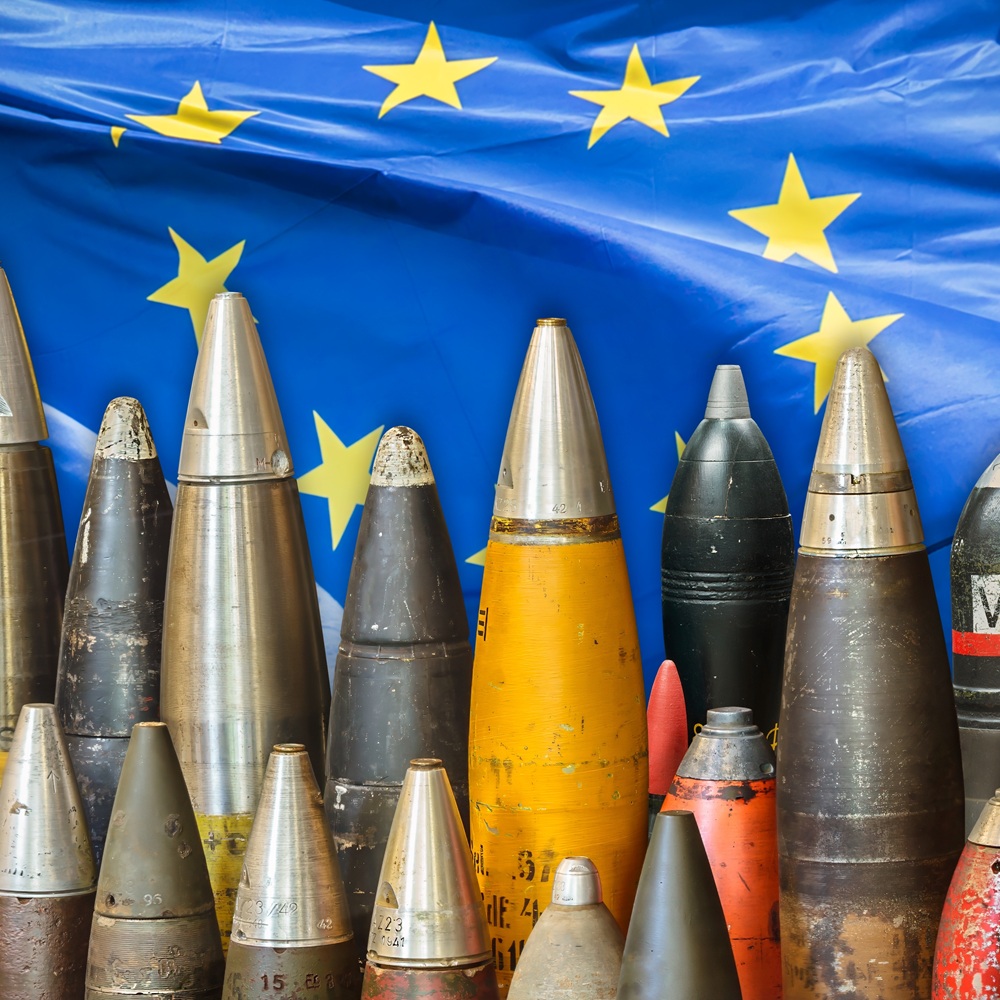
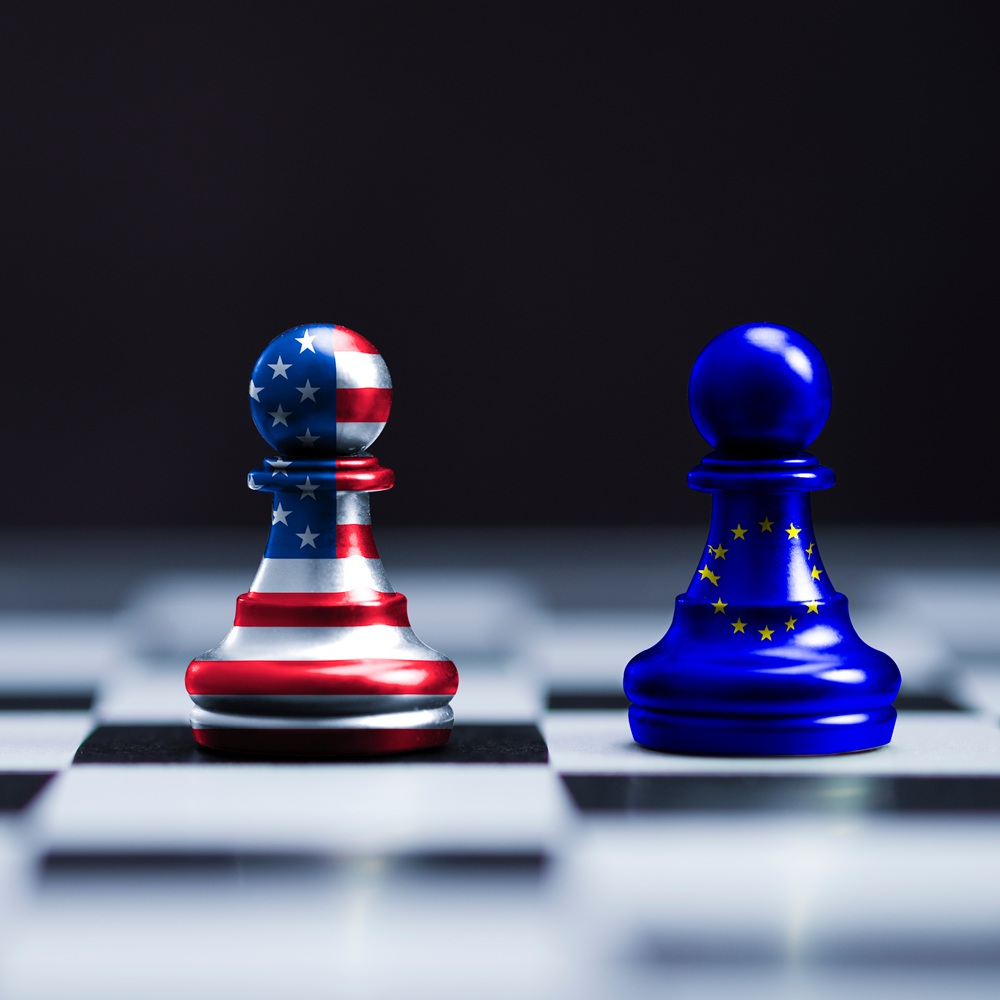
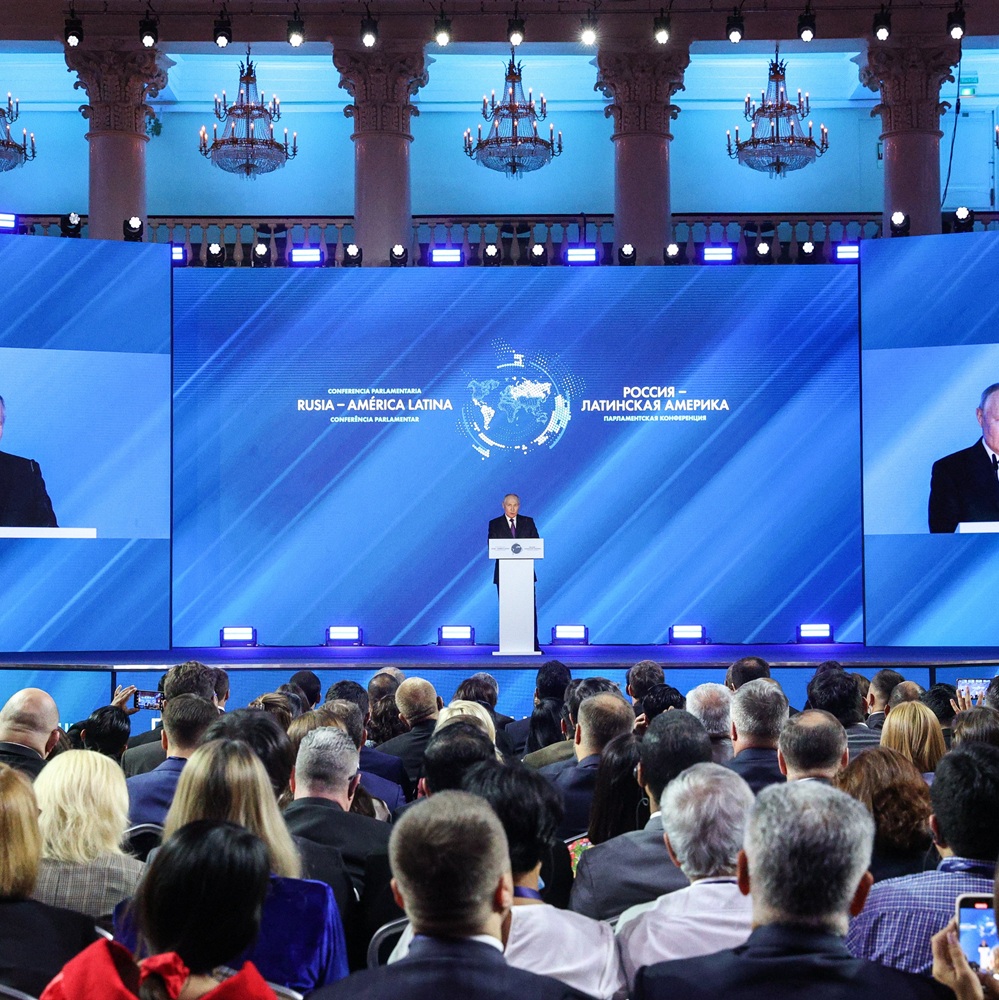

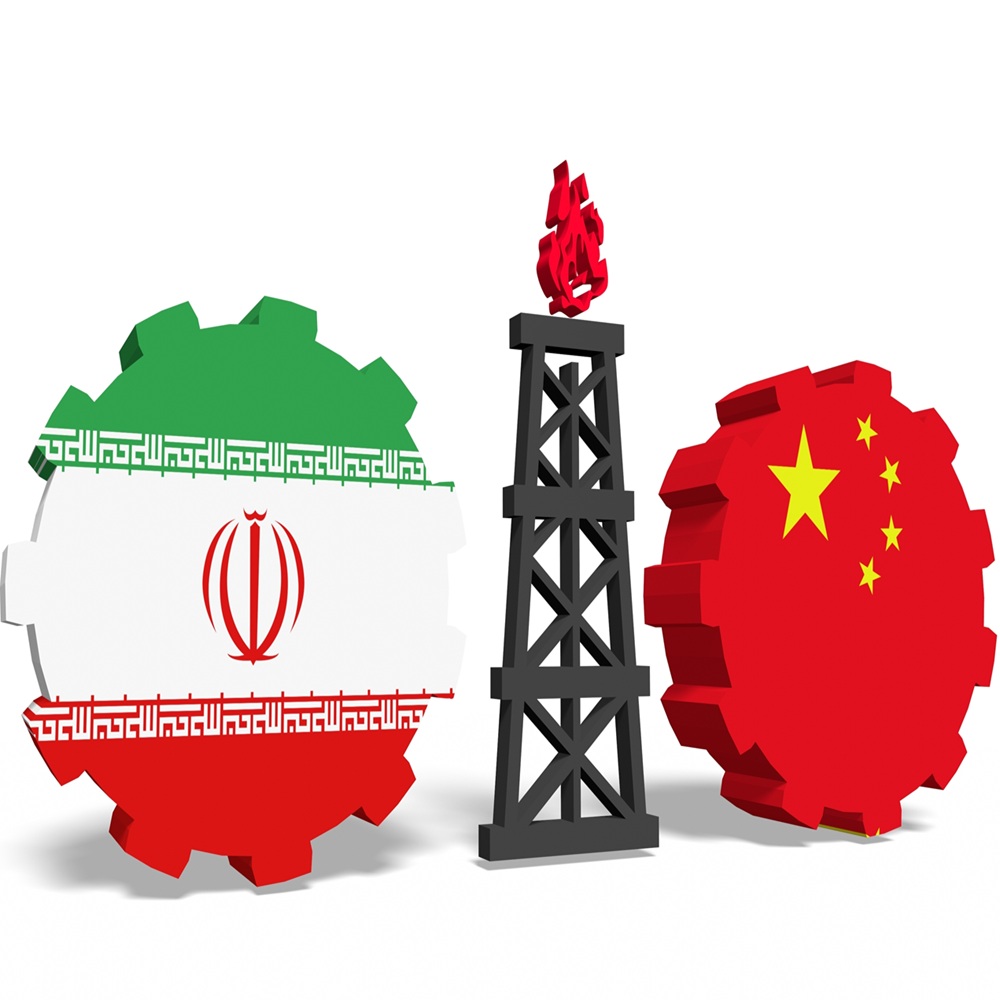
.png)
